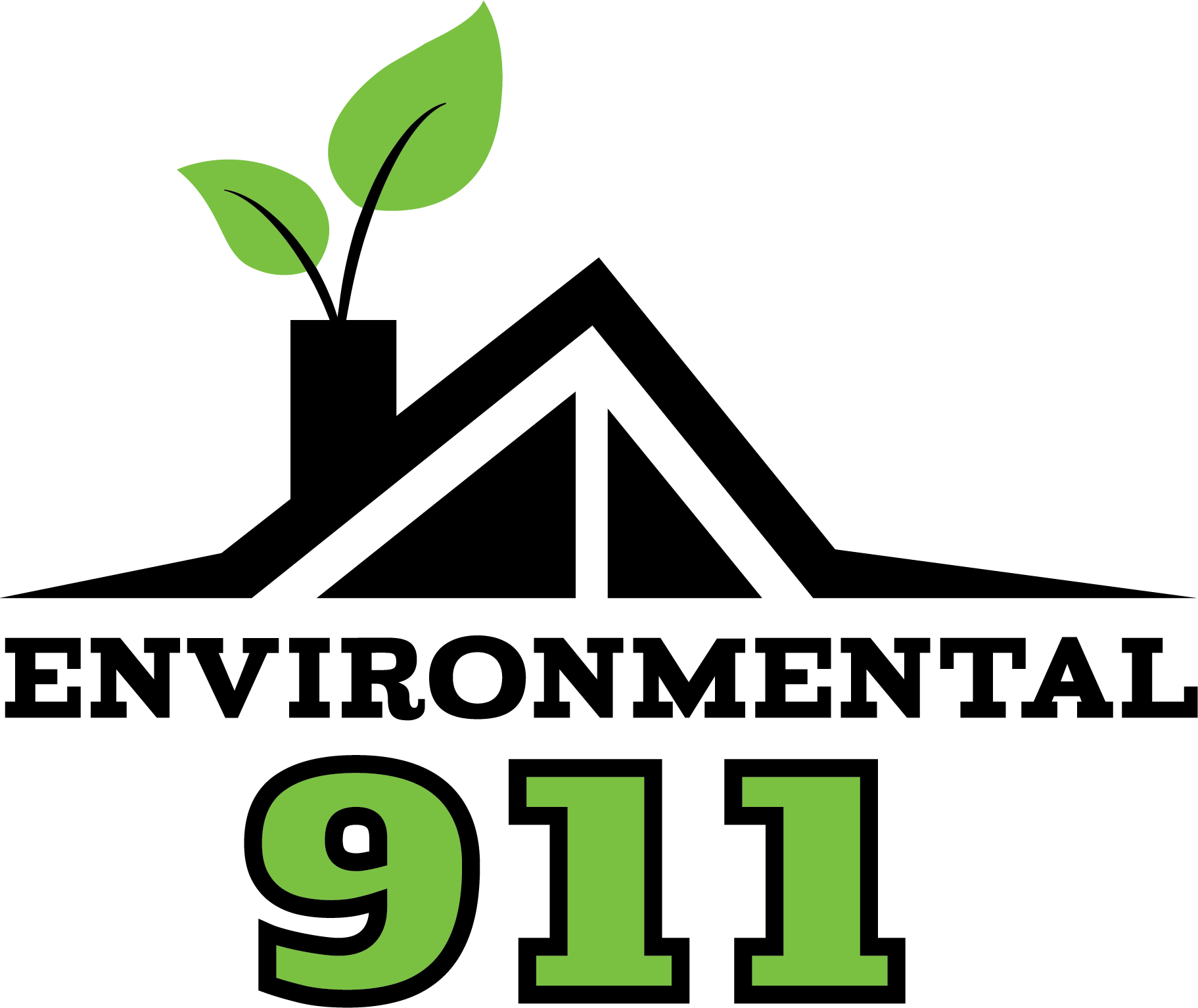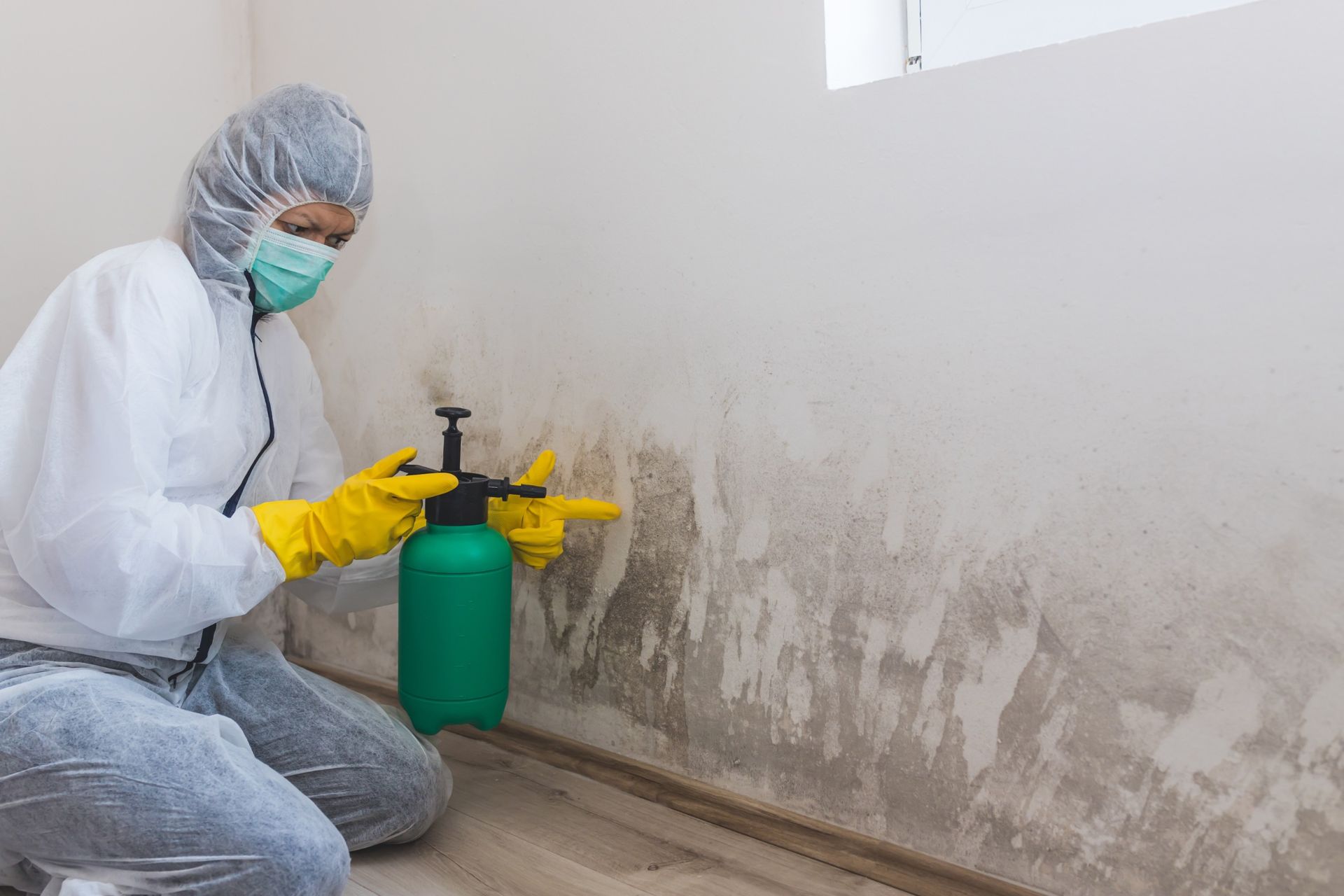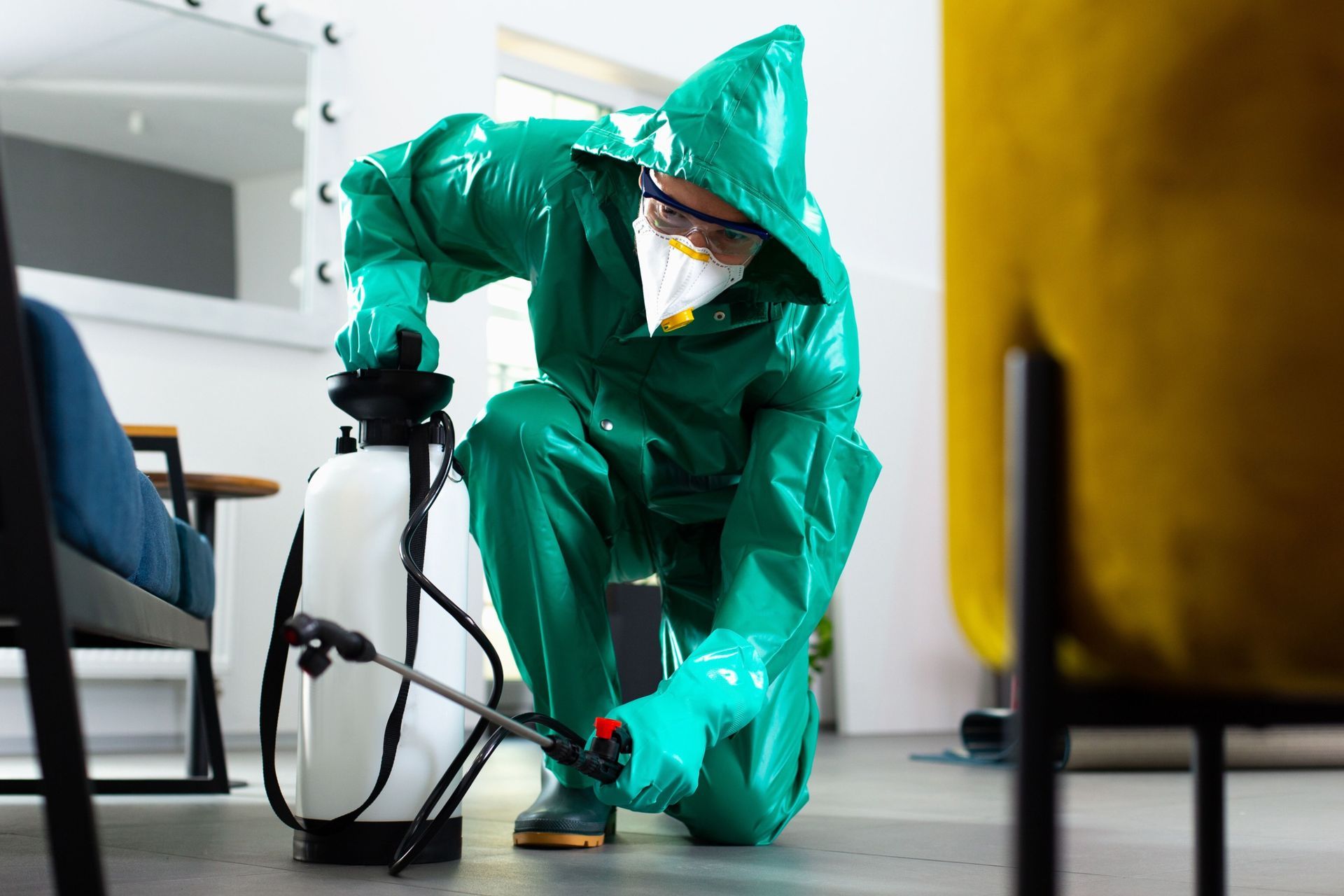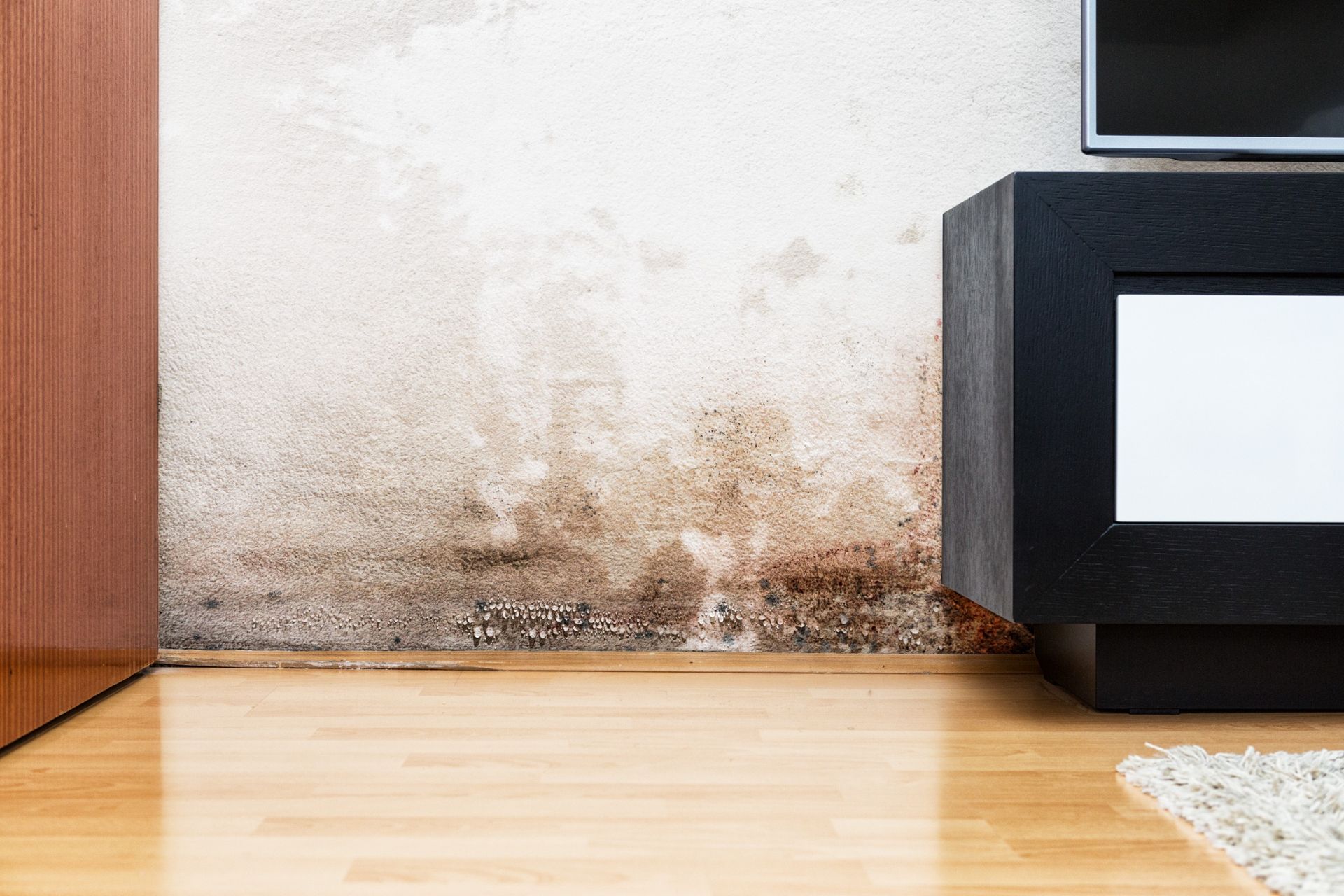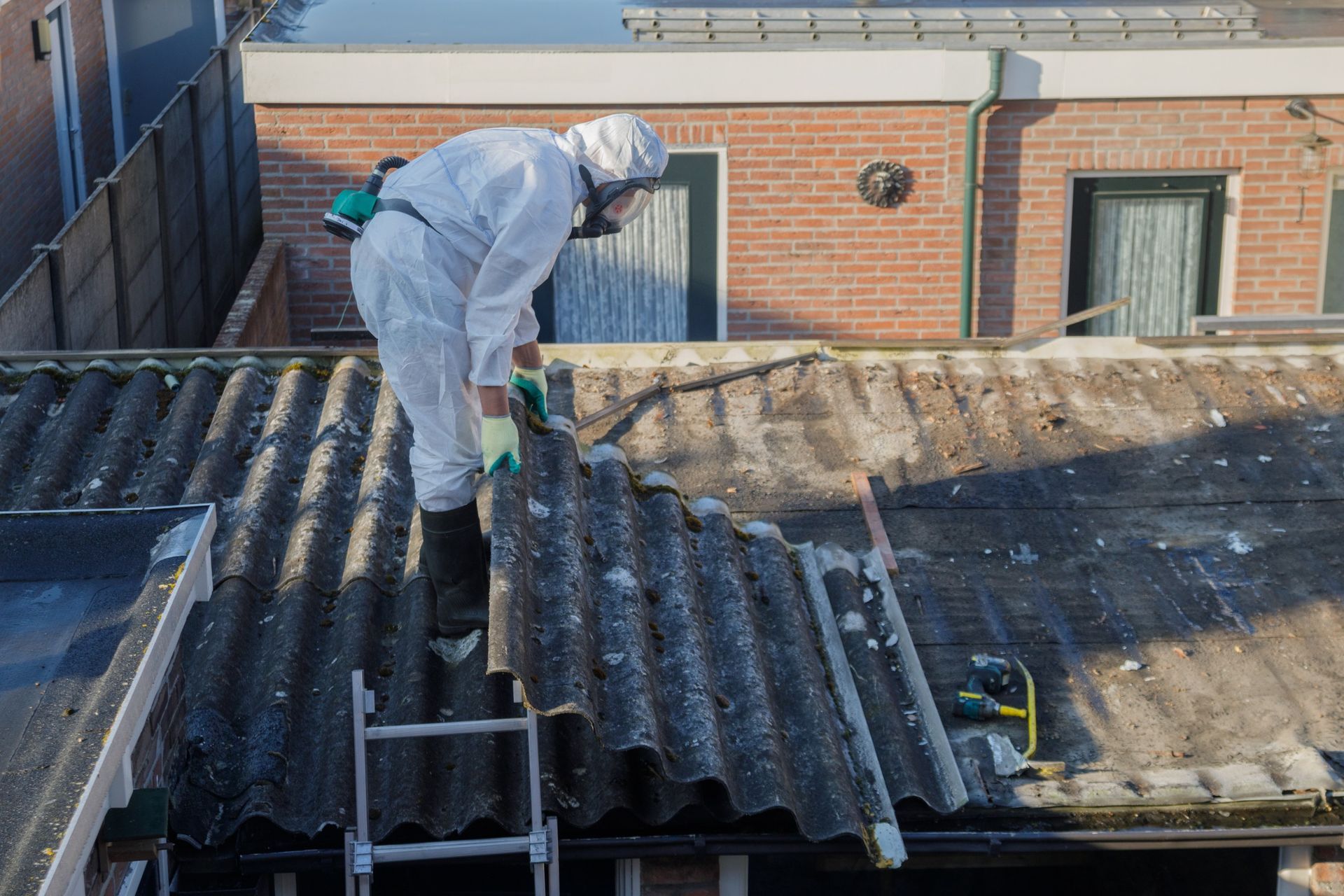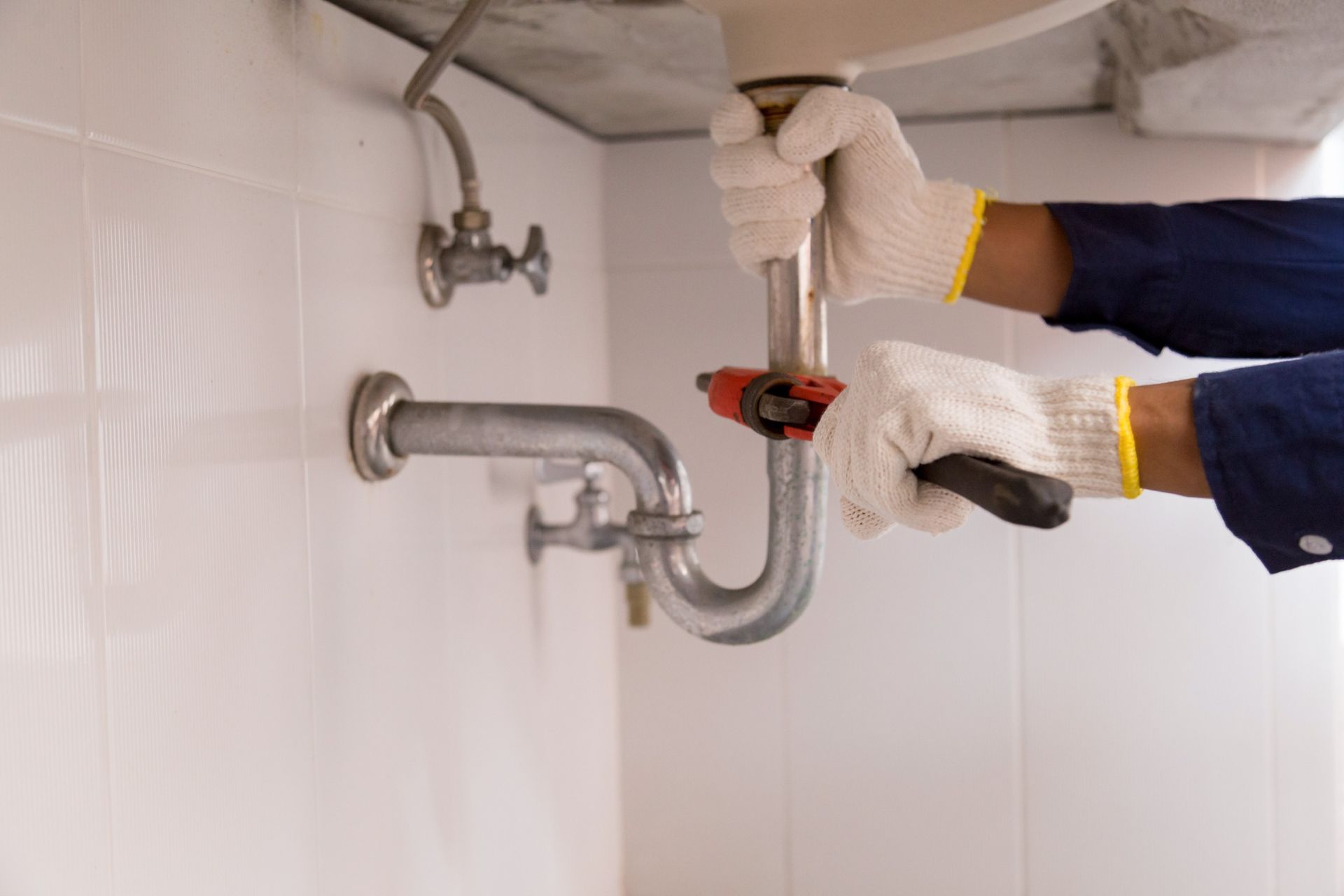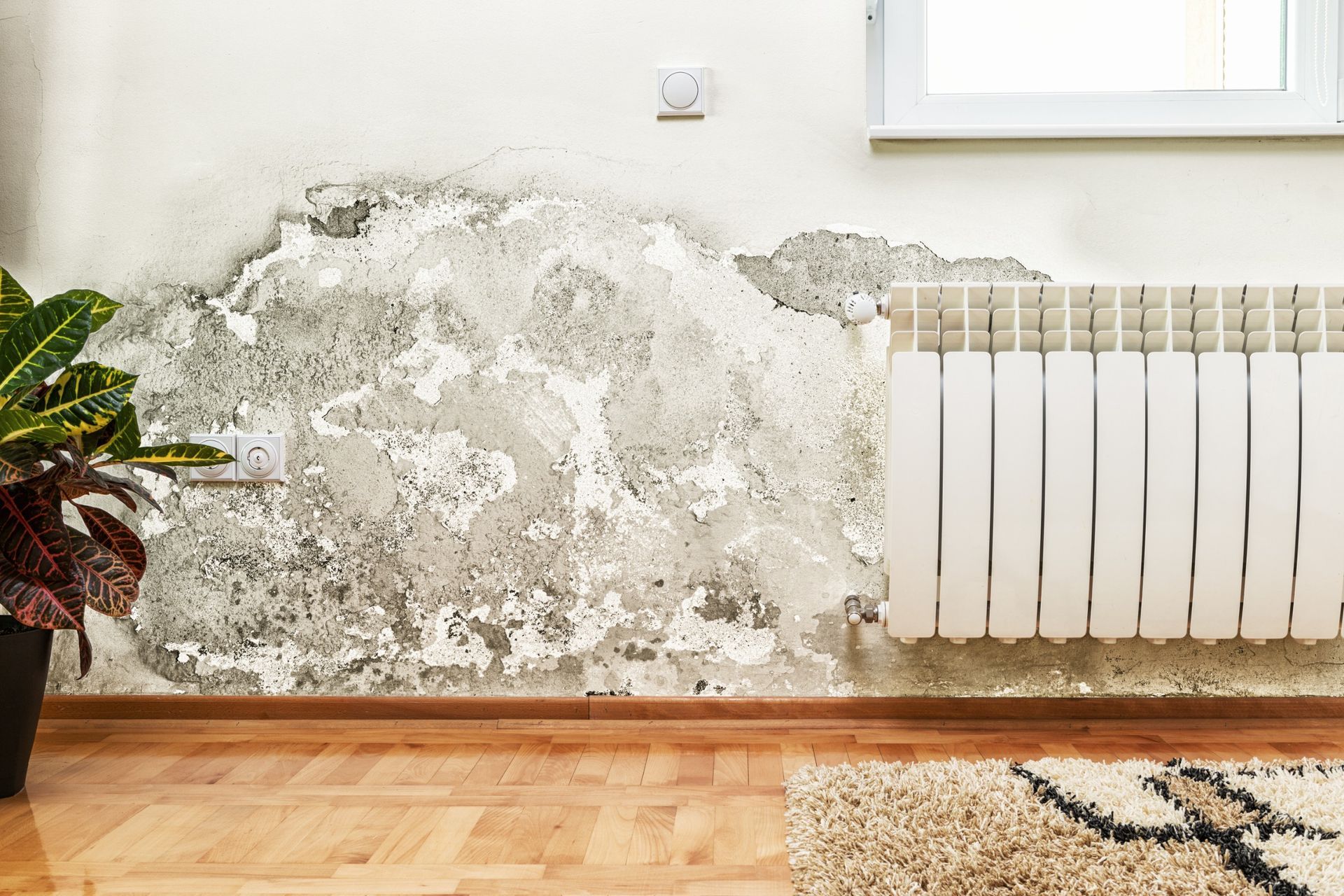Understanding the Distinction: Class A vs. Class B Asbestos Removalists
The lurking hazard of asbestos in our environments is a serious concern, prompting homeowners and property managers alike to actively seek professional help for its safe removal.
Asbestos, once celebrated as a versatile, fire-resistant building material, now stands notorious for its potential to cause deadly diseases, including mesothelioma and asbestosis.
Consequently, regulatory bodies have outlined stringent guidelines for asbestos removal, classification being one of the pivotal components in determining the complexity and risk involved in the process.
One may come across the terms "Class A" and "Class B" asbestos removalists and wonder what these classifications mean.
If you're pondering over which type of professional to hire for your asbestos abatement needs, this article breaks down the differences between the two, empowering you to make informed decisions in ensuring the safety of your environment and its occupants.
The Significance of Asbestos Removal Classification
Asbestos removal can be a hazardous activity if not executed by properly trained, equipped, and certified professionals.
Classifying removalists helps to ensure that the correct level of expertise is employed in managing different types of asbestos abatement projects.
There is a significant contrast between Class A and Class B removals, determining the methods used, the resources required, and the risks associated with each.
Class A Asbestos Removalists
The Elite of Asbestos Abatement
Class A removalists are qualified to manage all forms of friable asbestos-containing materials (ACMs) and are responsible for the planning and execution of the removal process. Friable ACMs are materials that, when dry, can be easily crumbled, pulverized, or reduced to powder, such as insulation and some ceiling coatings.
Certifications and Procedures
Holding a Class A license signifies a company's ability to deal with any scale of asbestos removal, from single-room projects to full building abatements. Removalists at this level are involved in the highest-risk operations and follow strict protocols to protect themselves and the occupants of the premises from potential exposure.
Engagement in Higher Risk Activities
Because of the high-risk nature of Class A removal, professionals at this level must adhere to the most stringent safety measures and are required to produce rigorous documentation post-operation to ensure the premises are safe and cleared of any hazardous material.
Class B Asbestos Removalists
The Specialists in Non-Friable ACMs
Class B removalists handle non-friable asbestos-containing materials, which are typically less hazardous under normal circumstances but can become friable over time, like sheets and pipes. Their work includes encapsulation, enclosure, or removal, depending on the state of the ACM.
Specialized Roles
Removalists at the Class B level may also engage in the sealing or enclosing of asbestos to prevent fiber release, a method that is considered less invasive and involves lower risk than Class A operations.
Upgrading to Class A
In some instances, when Class B removalists encounter situations where ACMs could become friable, they may need to upgrade the removal to Class A or collaborate with Class A experts to ensure safety measures are escalated accordingly.
Evaluation Criteria for Classification
The classification of asbestos removalists is determined by the level of risk and complexity of the work they are qualified to conduct. Evaluation for classification involves several criteria:
- Nature of ACMs Handled: As discussed, materials that can be easily disturbed, such as insulation or billboard, fall under Class A, while more stable materials like asbestos cement fall under Class B.
- Degree of Invasive Action: Class A typically involves the total removal of ACMs, which is generally more invasive and risky, while Class B often includes methods for maintaining the ACM in situ when possible.
- Exposure and Containment Considerations: Class A operations necessitate a more robust approach to containment and disposal due to the higher chance of fiber release and increased health risk.
Why the Classification Matters to You
Understanding the difference in expertise and scope of work for Class A and Class B removalists is crucial for several reasons:
Personal and Public Safety
The correct classification ensures that the company you hire is equipped to safeguard its team and your health throughout the removal process.
Compliance with Regulations
Hiring a professional that is appropriately classified guarantees that your asbestos abatement project will be completed in full compliance with local and national regulations.
Quality of Work
Higher classification often presumes a higher standard of quality and attention to detail, with more intricate removal methods applied as needed.
Considerations When Choosing an Asbestos Removalist
Check Their Credentials
It is critical to verify the removalist’s certification and ensure they have the appropriate Class A or B licenses issued by the regulatory authority in your area.
Assess Their Experience
Ask about previous projects similar in scope to yours and request references to gauge the quality of their work, especially in terms of safety and thoroughness.
Obtain a Comprehensive Quotation
Ensure the removalist provides a detailed quote that covers all aspects of the project, from inspection to post-removal clearance examinations, inclusive of disposal.
Review Their Safety Protocols
Safety is paramount. Familiarize yourself with the safety procedures the removalist will employ and inquire about contingencies in case of unexpected situations.
Conclusion
When faced with the serious task of asbestos removal, understanding the nuances between Class A and Class B removalists is empowering. Whether making a choice for personal or professional property, prioritizing safety and compliance with regulations should always be at the forefront of the decision-making process.
Armed with this knowledge, you can confidently embark on the journey to secure the services of a reputable asbestos removalist. Remember, their classification is not just a technicality; it's a comprehensive assessment of their capability to manage risks and protect you from the dangers of asbestos exposure.
About Us
Asbestos can cause severe health problems for you and your family if left unchecked for prolonged periods. If you notice asbestos in your home and don’t know what to do, call us to help take care of the problem for you. Let Environmental 911 help you through this unfamiliar process!
Founded in 1999, we have been helping residents of California restore their homes struck by any natural or human disasters. Our services include asbestos and lead abatement, mold and fungus removal, water extraction, and
emergency plumbing. You can reach us at
(626) 316-6651 or fill out our
contact form to know more.
What is Rule 1403?
SCAQMD Rule 1403 establishes notification and work practice requirements to limit asbestos emissions from building demolition and renovation activities.
California law requires that a copy of the asbestos demolition/renovation
notification form be provided to your local city permitting department prior to the issuance of a demolition/renovation
permit. Local governments are responsible for the asbestos notification process.
When do I need an asbestos survey?
According to Rule 1403, an asbestos survey is required prior to the start of any renovation or demolition project, regardless of the age of the building or the size of the project, in order to determine the presence of asbestos-containing materials. Rule 1403 defines a "demolition" project as a project that includes the removal of any load-bearing component. All other projects would be considered a "renovation" project.
Environmental 911
If you're looking for restoration services in the Pasadena area, look no further. Environmental 911 provides the expert restoration service that your property needs.
Contact Us
2070 E Walnut St,
Pasadena, CA 91107
USA
LICENSE #769610
